In this post, we continue our exploration of built structure that respond to the geography of their site. These designs attempt to blend into the surrounding landscape, seeking a sense of harmony with the natural world.

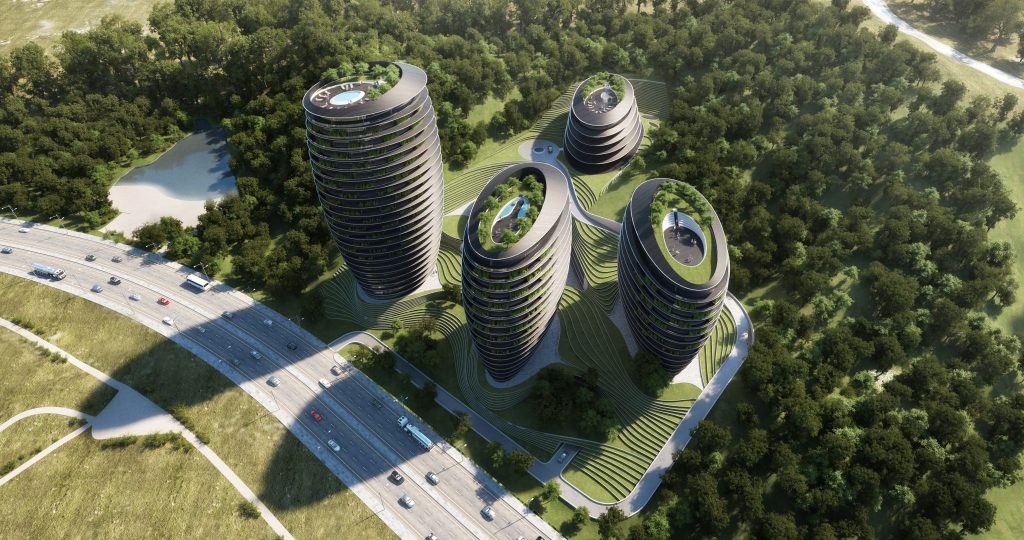
Taiping Development by Peter Pichler Architecture
Taking inspiration from Chinese rice fields, Milanese-based firm Peter Pichler Architecture has proposed a mixed-use development that is characterized by parks within the site, which are conceived as layered fields connecting the property with the surrounding fields. The layered landscape surrounds the ellipse-shaped towers to create a homogeneous relationship.
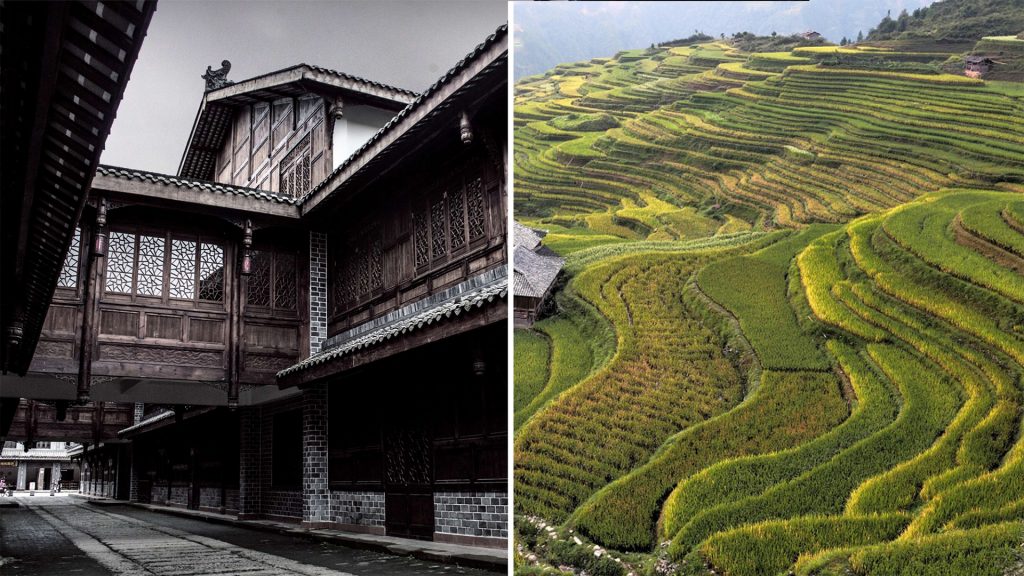
Taiping Development by Peter Pichler Architecture
Located on a hill within a forest in Taiping, approx. 30km from Kunming, China, the project consists of a boutique hotel, residential apartments, offices, retail, parks and parking.
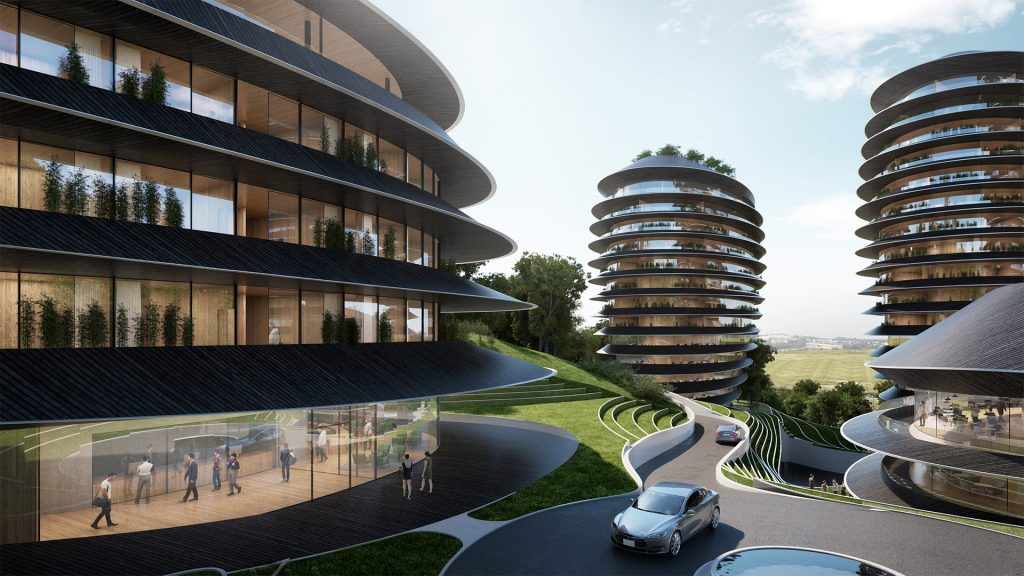
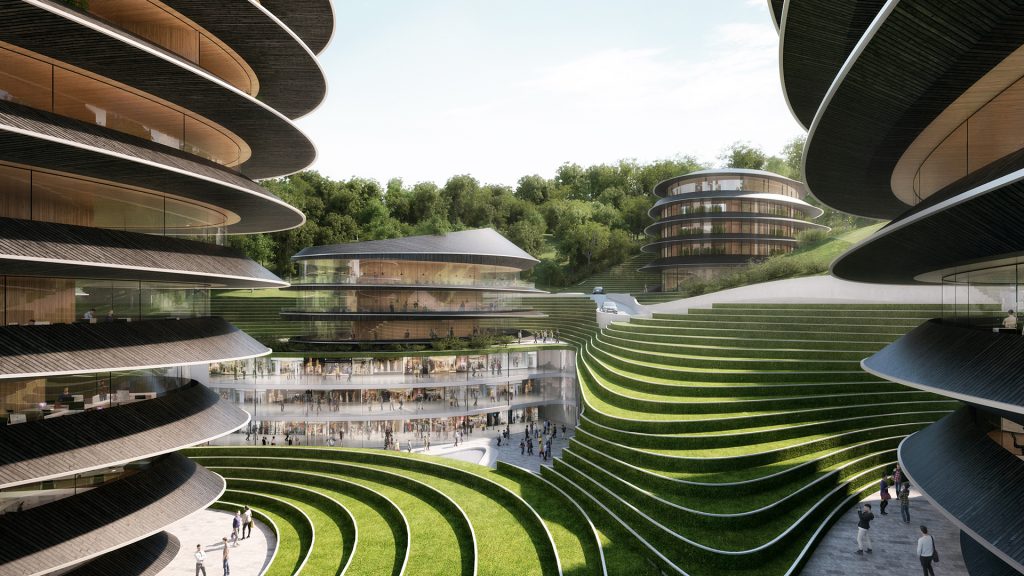
Taiping Development by Peter Pichler Architecture
The wood facade is inspired by ancient vernacular Chinese architecture. The depth of the elliptical rings on each floor changes according to orientation and program. The use of bamboo on the residential balconies amplifies the feeling of nature. The green rooftops will offer impressive views towards the surrounding woods and nature of Taiping.
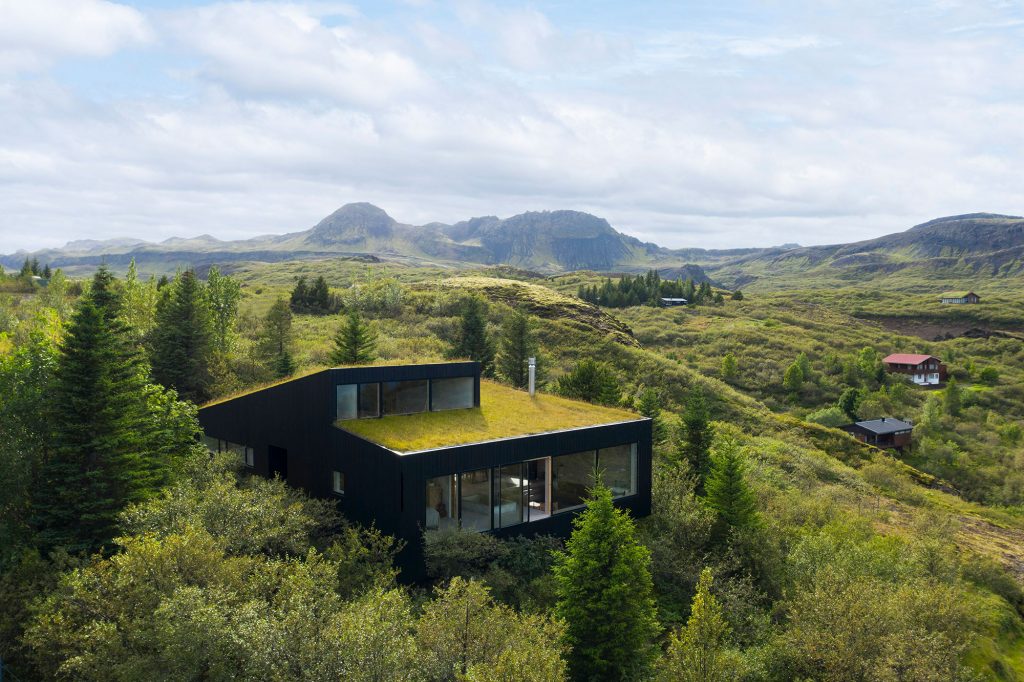
Holiday home by Þingvallavatn by KRADS (also header image)
Architectural studio KRADS based in Denmark and Iceland has conceived a holiday home, the form of which building responds directly to the landscape that surrounds it. Developed for a couple of performing artists Tina Dickow and Helgi Jónsson, the residence is carefully placed on a densely overgrown hill which is sloping north in the direction of the Lake Þingvallavatn, a large natural lake in southwestern Iceland.

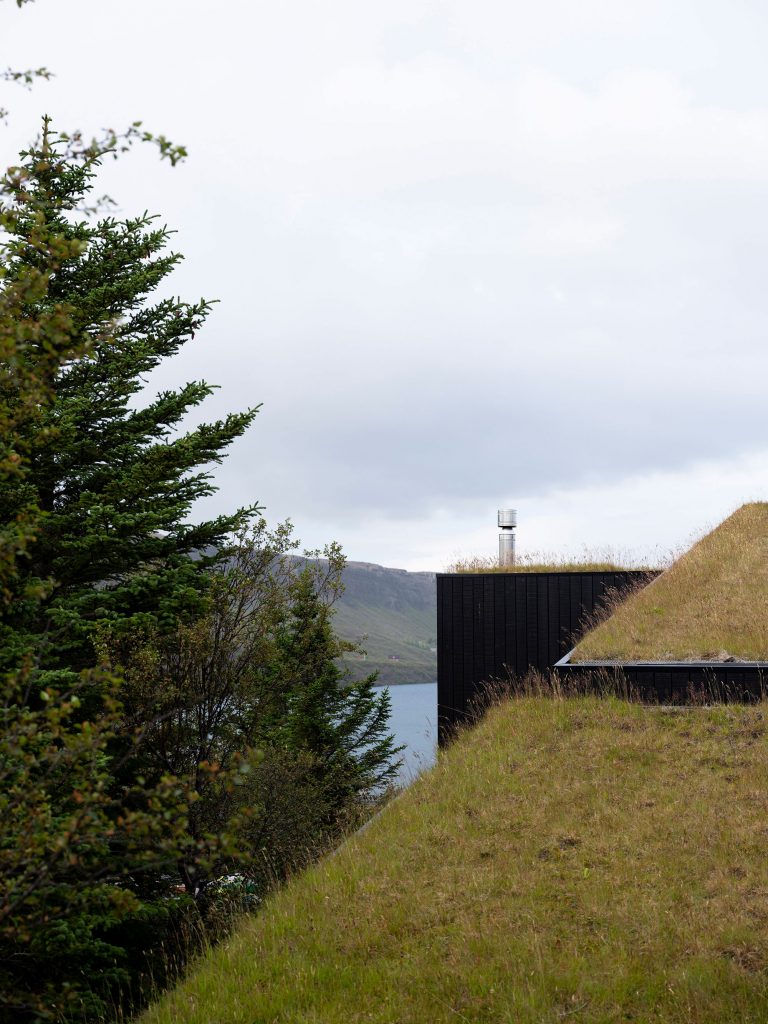
Holiday home by Þingvallavatn by KRADS
On multiple levels, the otherworldly landscape has modelled the form of the building. In dialogue with the terrain, the concrete foundation of the wooden house lies in three staggered planes that follow the movement of the landscape. In a similar manner, the roof surface, overgrown with local grass and moss, slopes partly towards and partly with the hill.
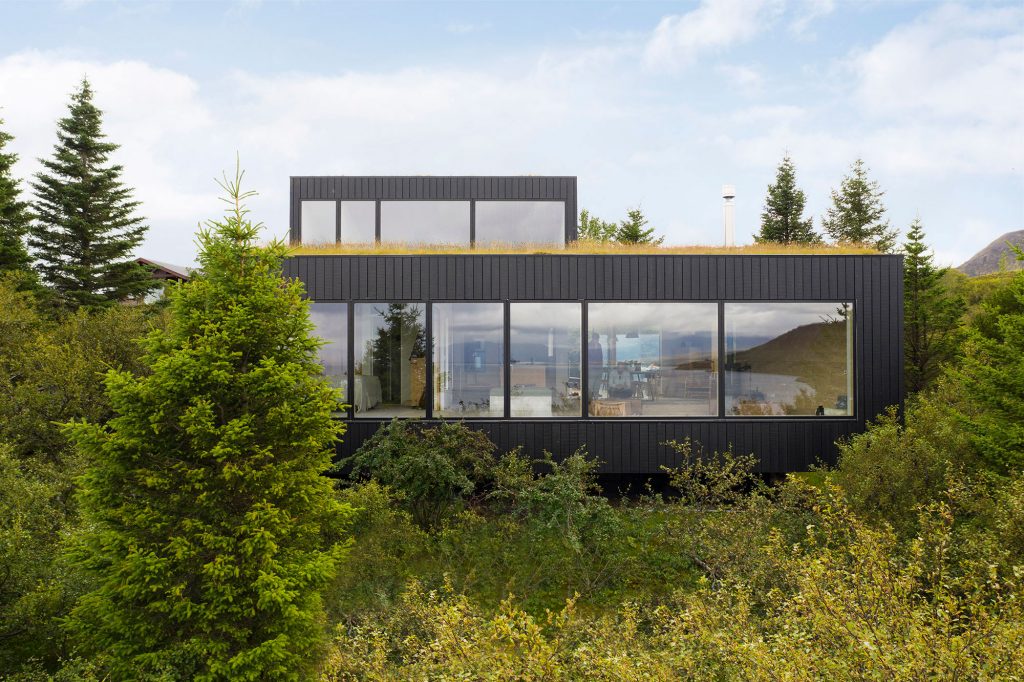
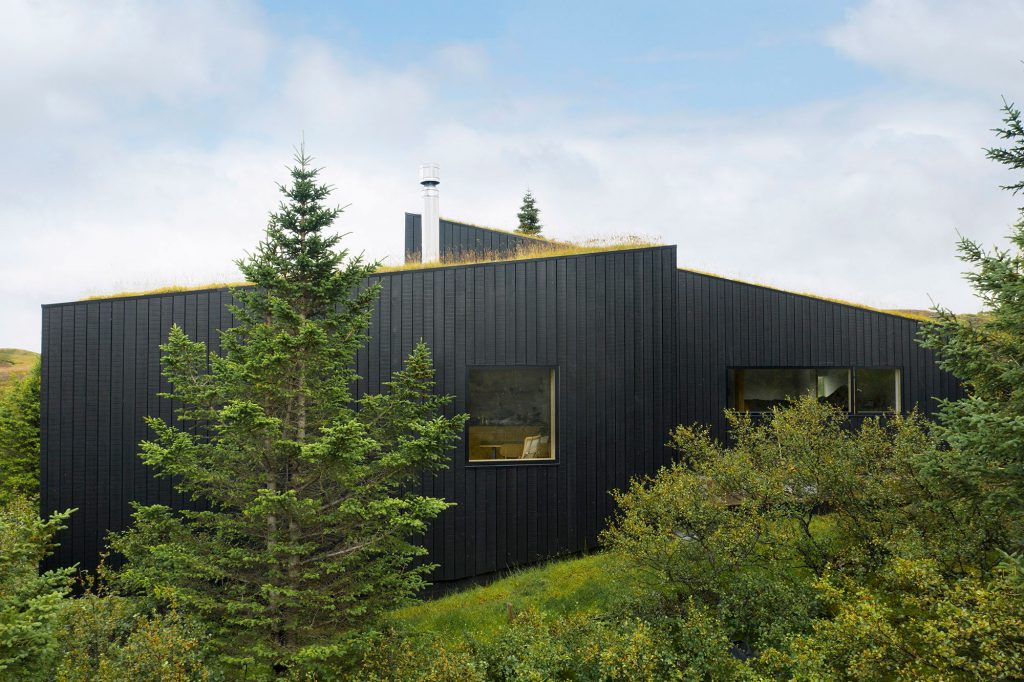
Holiday home by Þingvallavatn by KRADS
The roof can be accessed from inside, the dwelling’s sleep- and play loft, as well as from the outside where the slope starts at the foot of the integrated boat shed. Following the ascend, the landscape opens up in a magnificent and ever changing panorama towards the lake and the surrounding mountains.
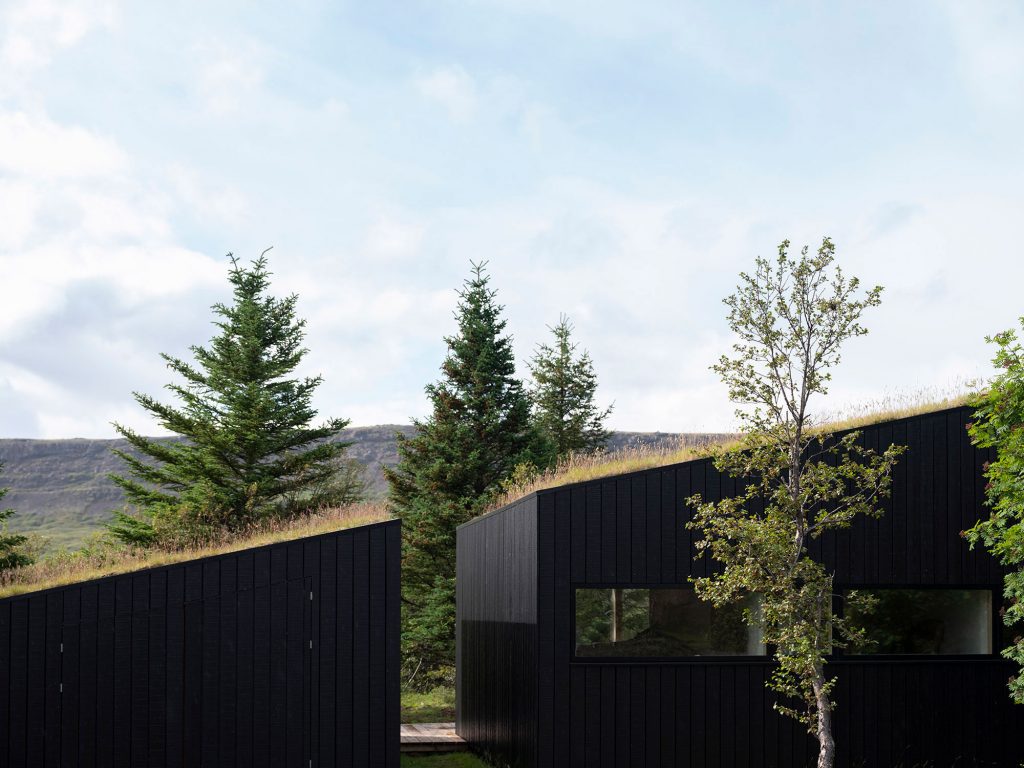

Holiday home by Þingvallavatn by KRADS
Preserving the landscape as pristine as possible was a major intention in both the design process and during the construction of the house. The location of the house has been chosen with great care to integrate the building into the surroundings while framing specially selected views of the landscape. In the north, the house rises above the low scrub to give an unobstructed view over Þingvallavatn and the mountain Skjaldbreið from the main room of the house.
In the opposite direction, the main room opens onto a terrace that is closely surrounded by trees, which makes the building look close to impenetrable.
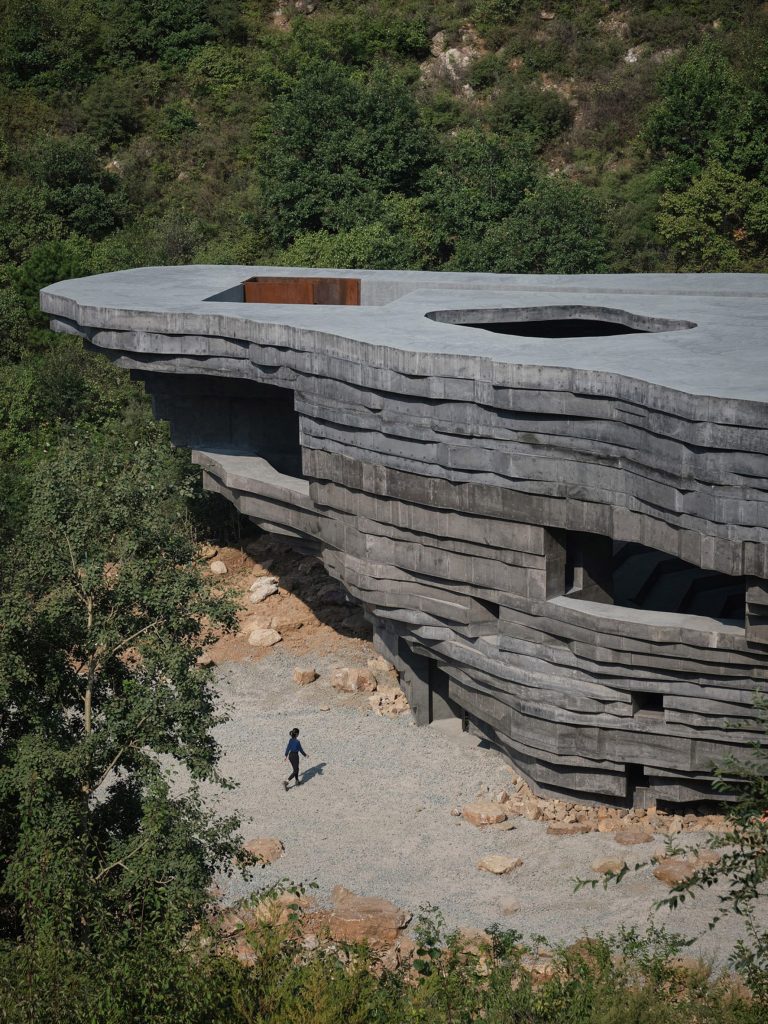
The Chapel of Sound by Open Architecture
Situated in a mountainous countryside area within a two-hours drive from Beijing, China, The Chapel of Sound by Chinese studio Open Architecture has been designed to resemble a piece of the natural landscape. The team completed this monolithic semi-outdoor concert hall entirely from concrete that has been enriched with an aggregate made from crushed local stone, which makes it resemble some prehistoric boulder.

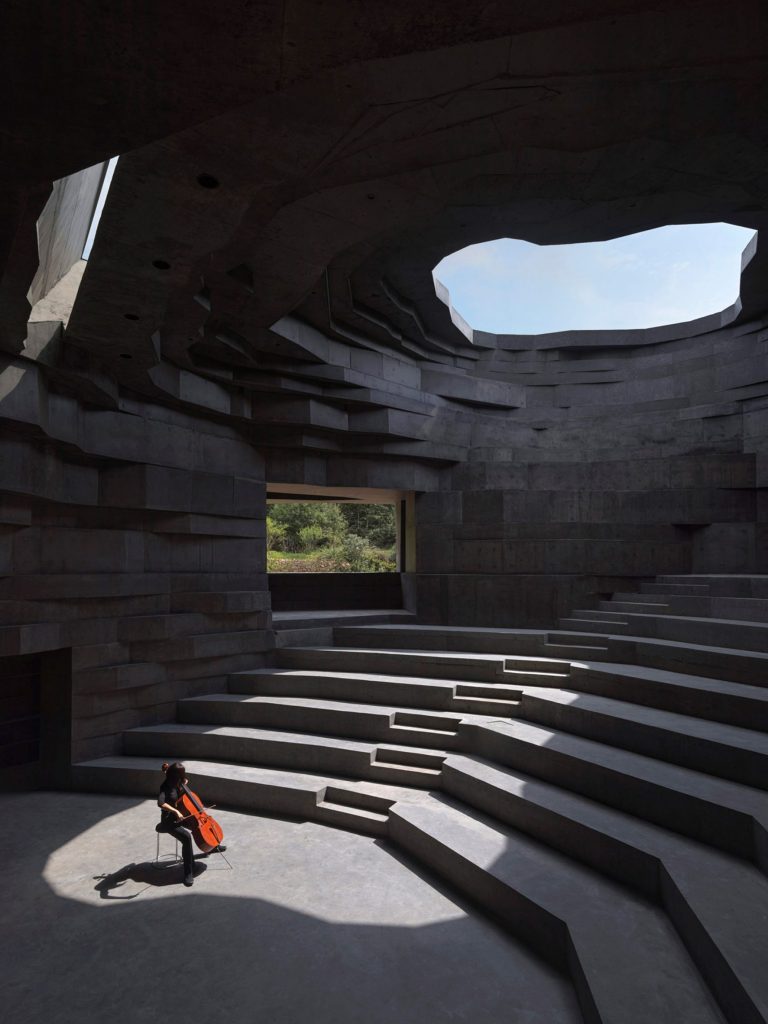
The Chapel of Sound by Open Architecture
According to the architects, the concert hall pursues the experience of sound in its purest form—collecting, reflecting, and resonating nature itself. The shape of the hall is defined by the acoustics of its interior, which initially took inspiration from the human ear. Through software simulation, the shape of the hall was optimized for sound quality. The openings on the top and sides of the structure act as sound-absorbing areas to avoid undesirable reverberations.
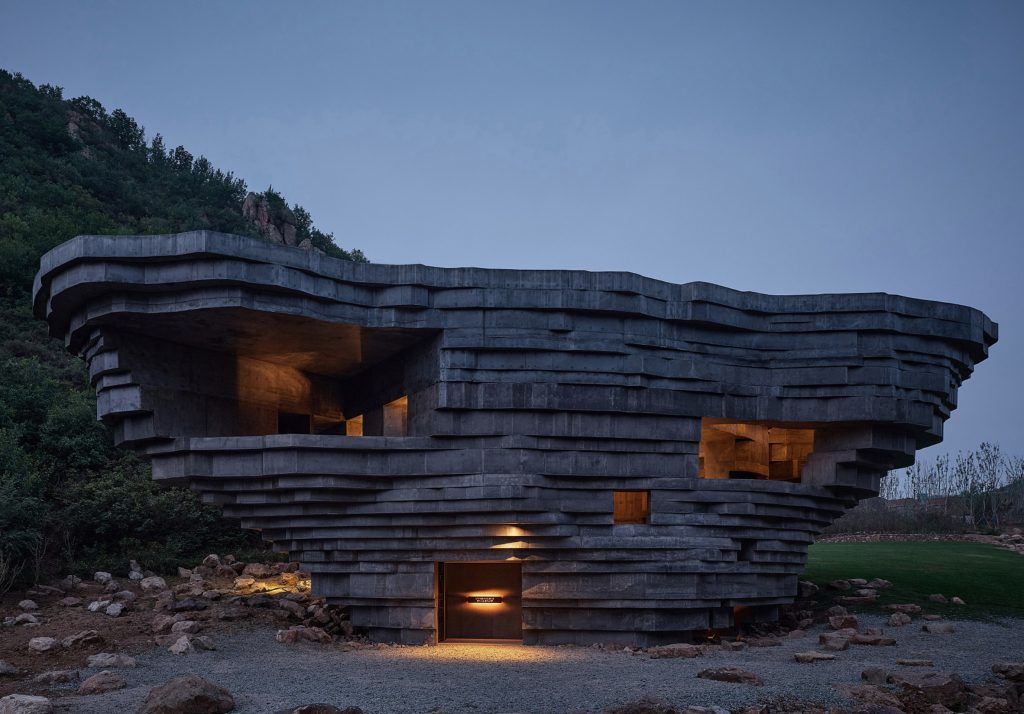
The Chapel of Sound by Open Architecture
The layered structure of the hall not only references the existing striated rock formations of the nearby mountains. It has been chosen by the team in order to reduce the complexity of construction in an almost inaccessible place without sophisticated machinery.
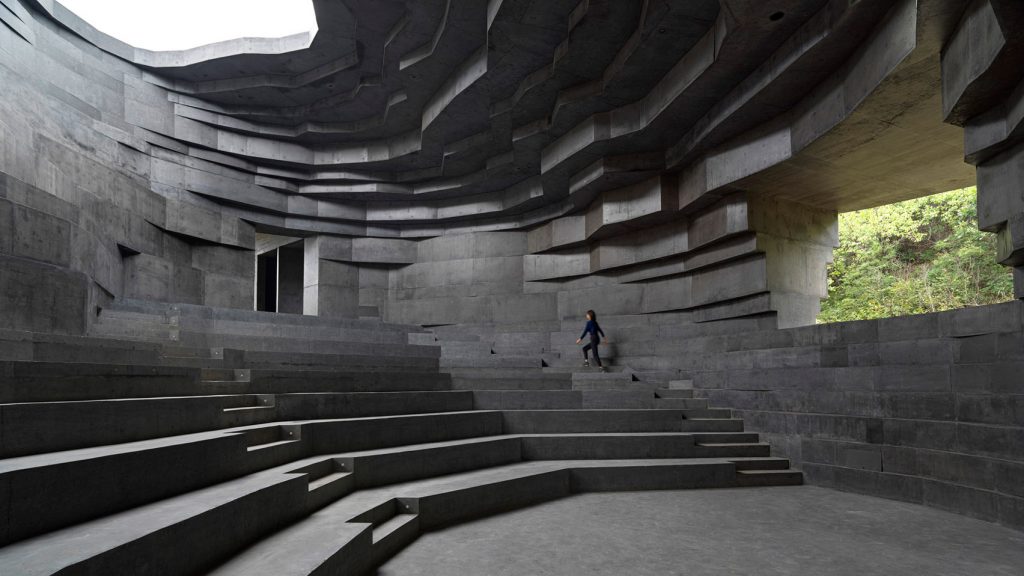
The Chapel of Sound by Open Architecture
Although designed acoustically for music performances, the hall can also be used as a place for community gathering and individual contemplation. In addition to two performance spaces, the building features a rooftop viewing “plateau” for those wishing to enjoy the views of the valley and the nearby ruins of the Ming Dynasty Great Wall. Besides, even when there is no performance, the openings in the structure also let in sounds from the surrounding valley. Inside this mysterious cave-like space, nature orchestrates an ever-changing symphony.
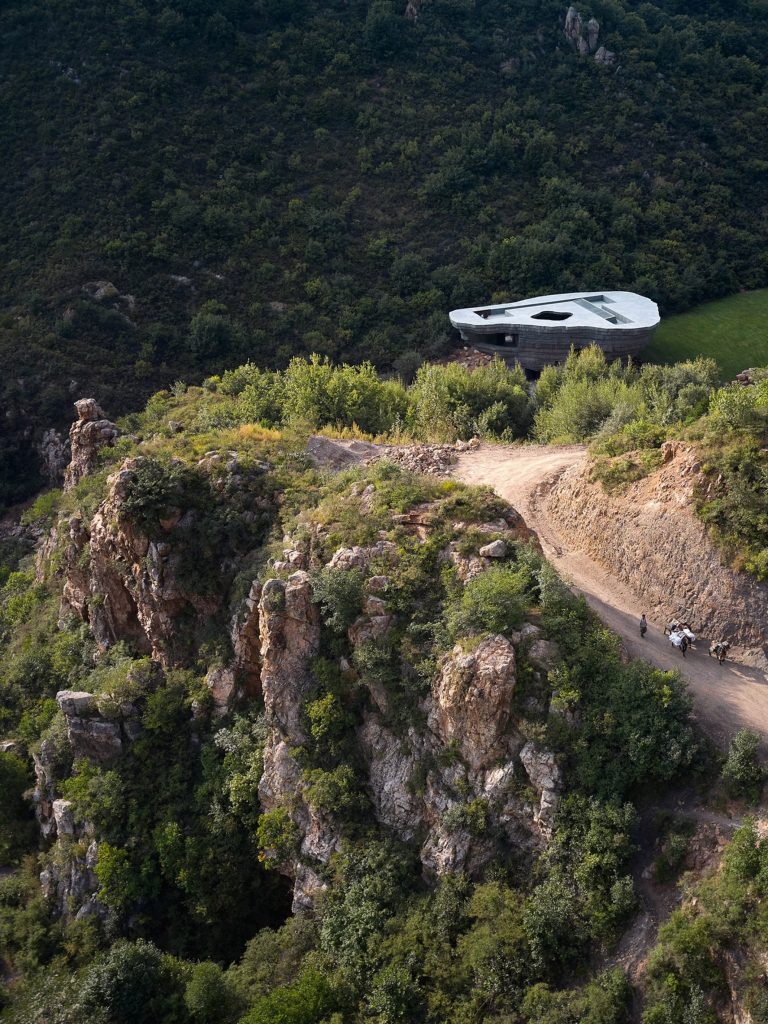
The Chapel of Sound by Open Architecture
The architects believe that The Chapel of Sound not only offers a unique and entirely original vision of a concert venue, but redefines the nature of a concert itself.